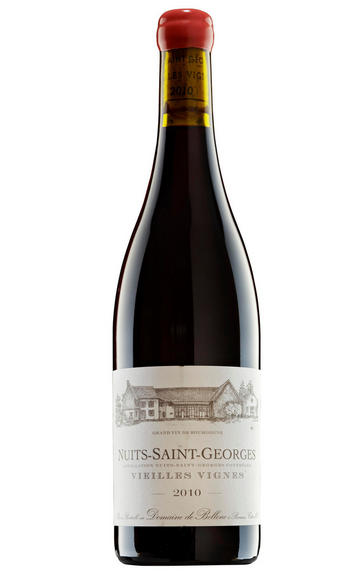
2010 Nuits-St Georges, Vieilles Vignes, Domaine de Bellene, Burgundy
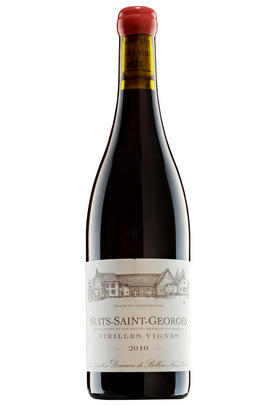
About this WINE
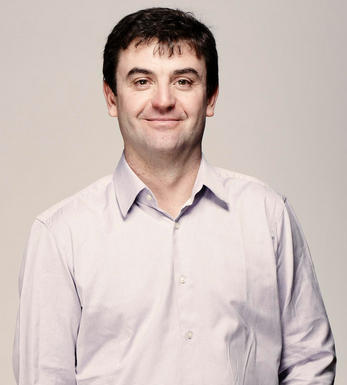
Domaine de Bellene
While running Maison Nicolas Potel in Nuits St Georges, Nicolas Potel set up his négociant company in 1997, the year after his father’s death and the sale of Domaine de la Pousse d’Or which Gérard Potel had been managing. Though his own business was taken over by the Cottin brothers of Maison Labouré-Roi in 2004, Nicolas continued to run the operation until 2009 while looking out for vineyard land of his own. In 2005 he was able to buy some vineyards (the former Domaine Carementrant, in Beaune) though the 2005 and 2006 crops were included in his négociant operation, then bottled as Domaine Nicolas Potel for 2007. The concern has been renamed Domaine de Bellene from the 2008 vintage onwards.
From the 2007 vintage Domaine Potel has been up and running in some marvellous old cellars, renovated to an ecologically admirable standard (‘Haute Qualité Environnementale'), on the Dijon road out of Beaune. Including some farming contracts, the domaine now comprises 22 hectares as below. The vineyards are being converted to organic farming, with some biodynamic elements.
Jasper Morris MW, Burgundy Wine Director and author of the award-winning Inside Burgundy comprehensive handbook.
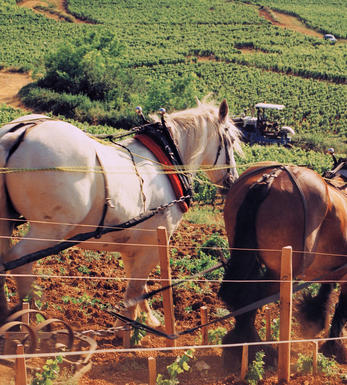
Nuits-Saint Georges
Originally known as Nuits, or even Nuits-sous-Beaune, the town was happy to add the name of its finest vineyard, Les St Georges, in the 19th century. There are no Grands Crus, but many fine Premier Cru vineyards, the mayor of the time – Henri Gouges – preferring not to single out any vineyard for the highest status.
The wines of Nuits-St Georges vary according to their exact provenance. Those of the hamlet of Prémeaux, considered to be part of Nuits-St Georges for viticultural purposes, are often on the lighter side.The richest and most sought-after are those just south of Nuits-St Georges such as Les Vaucrains, Les Cailles and Les St Georges itself. The third sector, including Les Murgers, Les Damodes and Les Boudots are at the Vosne-Romanée end of the village, and demonstrate some of the extra finesse associated with Vosne.
Several domaines (Gouges, Rion, Arlot) now produce a white Nuits-St Georges from Pinot Blanc or Chardonnay.
- 175 hectares of village Nuits-St Georges
- 143 hectares of Premier Cru vineyards (20 in all). Best vineyards include Les St Georges, and Clos des Argillières and Clos de la Maréchale in Prémeaux
- Recommended producers: Gouges, Rion, Liger Belair, Potel
- Recommended restaurant : La Cabotte (small but stylish)
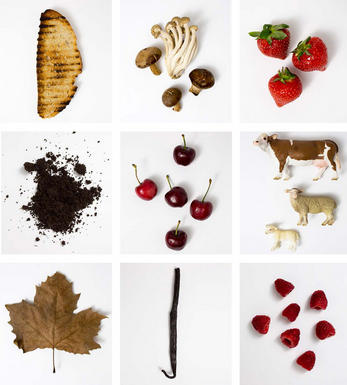
Pinot Noir
Pinot Noir is probably the most frustrating, and at times infuriating, wine grape in the world. However when it is successful, it can produce some of the most sublime wines known to man. This thin-skinned grape which grows in small, tight bunches performs well on well-drained, deepish limestone based subsoils as are found on Burgundy's Côte d'Or.
Pinot Noir is more susceptible than other varieties to over cropping - concentration and varietal character disappear rapidly if yields are excessive and yields as little as 25hl/ha are the norm for some climats of the Côte d`Or.
Because of the thinness of the skins, Pinot Noir wines are lighter in colour, body and tannins. However the best wines have grip, complexity and an intensity of fruit seldom found in wine from other grapes. Young Pinot Noir can smell almost sweet, redolent with freshly crushed raspberries, cherries and redcurrants. When mature, the best wines develop a sensuous, silky mouth feel with the fruit flavours deepening and gamey "sous-bois" nuances emerging.
The best examples are still found in Burgundy, although Pinot Noir`s key role in Champagne should not be forgotten. It is grown throughout the world with notable success in the Carneros and Russian River Valley districts of California, and the Martinborough and Central Otago regions of New Zealand.


Buying options
Add to wishlist
Description
Burgundy Vintage 2010 Best Buys - Village Whites and Reds
Deep in colour with plenty of dark fruit on the nose, this is a fine example of Nuits Villages from the talented Nicolas Potel and his on form Domaine de Bellene.
(Matthew Tipping, Private Account Manager)
Bright purple in colour, and showing a really impressive full mouthful of deep red fruit with exceptional length and very fine tannins, this is exquisite Nuits-St Georges.
(Jasper Morris MW, Burgundy Director)
2010 is the fourth vintage of this recently created domaine which is vinified by Sylvain Debord in the now largely refurbished winery on the edge of Beaune, all under the watchful eye of Nicolas Potel. Nicolas and Sylvian are particularly keen to use 450 and 600 litre barrels rather than the traditionally smaller Burgundian size, as they aerate the wines nicely without adding too much of an oak effect. The senior wines such as Beaune Grèves and upwards, are vinified with all of their stems.
wine at a glance
Delivery and quality guarantee